What is Marketing Attribution?
Marketing attribution is how marketers assess the value of the channels that connect them to potential customers. Since customers rarely purchase something the moment they find out it exists, several channels are usually responsible for the customer journey. It’s impossible to know what that journey looked like for every customer, but marketing attribution models try their best to figure out which touchpoints are doing the most heavy lifting.
Benefits of Marketing Attribution
Optimized Marketing Spend and ROI
Attribution models show marketing teams which touchpoints made them the most money. This information helps them budget wisely in the future and increase conversions, all leading to a higher marketing ROI.

Improved Personalization
Attribution data can help marketers understand which channels individual customers prefer. This leads to more personalized targeting throughout the customer journey.

Improve Product Development
Attribution data can also help companies understand their customers’ needs and pain points better, which can help when it’s time to update products.
.png?width=1600&name=Gears%20(1).png)
Marketing Attribution Models
There are two main types of attribution models: single-touch and multi-touch. Each of these types includes at least two different attribution models.
Single Touch Attribution Models
Single touch, also known as single source attribution models, give all of the conversion credit to a single touchpoint.
First-touch attribution
First touch attribution, also known as first-click attribution gives all credit to the first piece of marketing content a consumer engaged with before making the conversion. This model measures the effectiveness of top of the funnel marketing tactics.
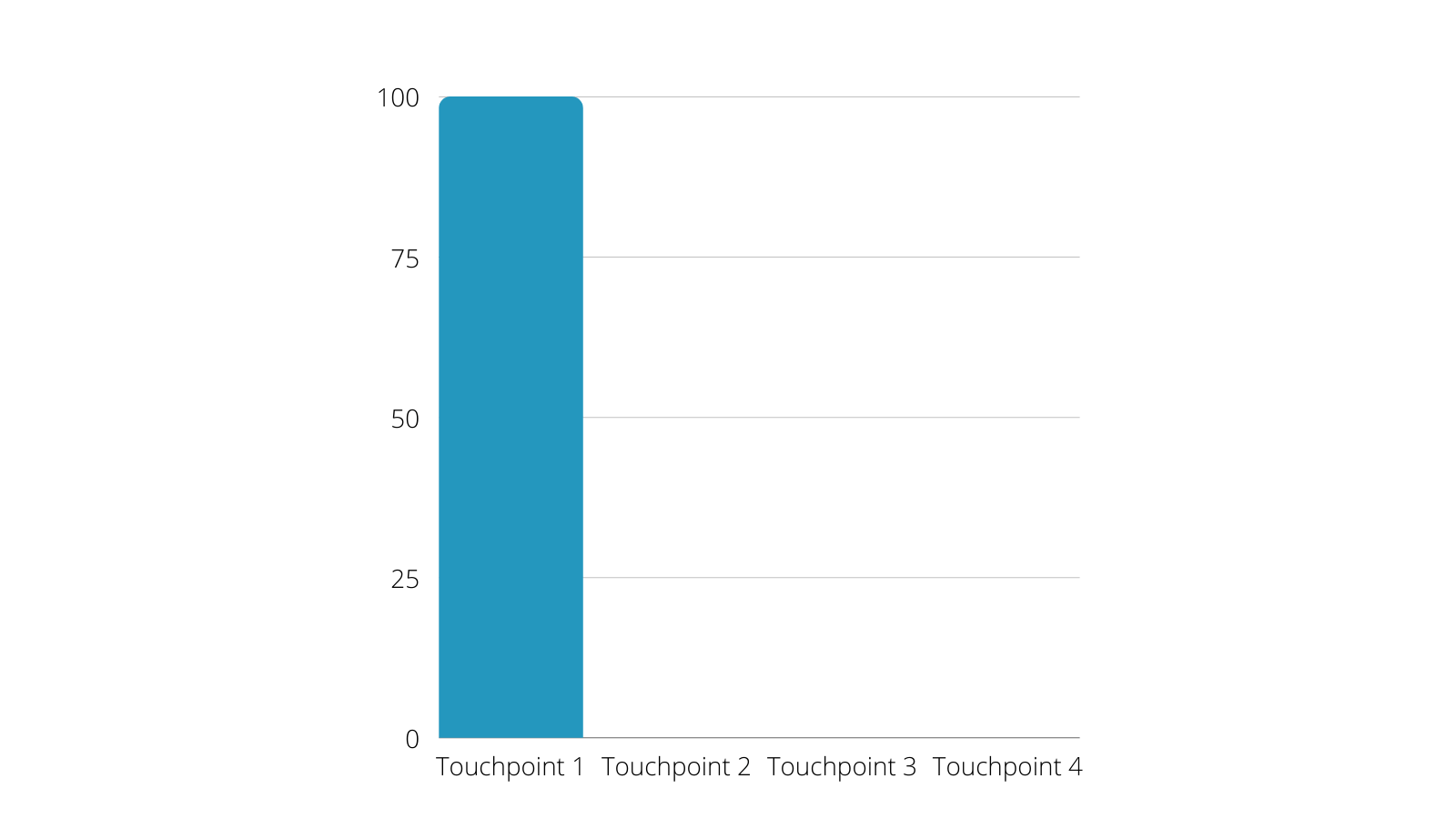
Last-touch attribution
Last touch attribution, also known as last-click attribution gives all credit to the last piece of marketing content a consumer engaged with before making the conversion. This model measures the effectiveness of bottom-of-funnel marketing tactics.
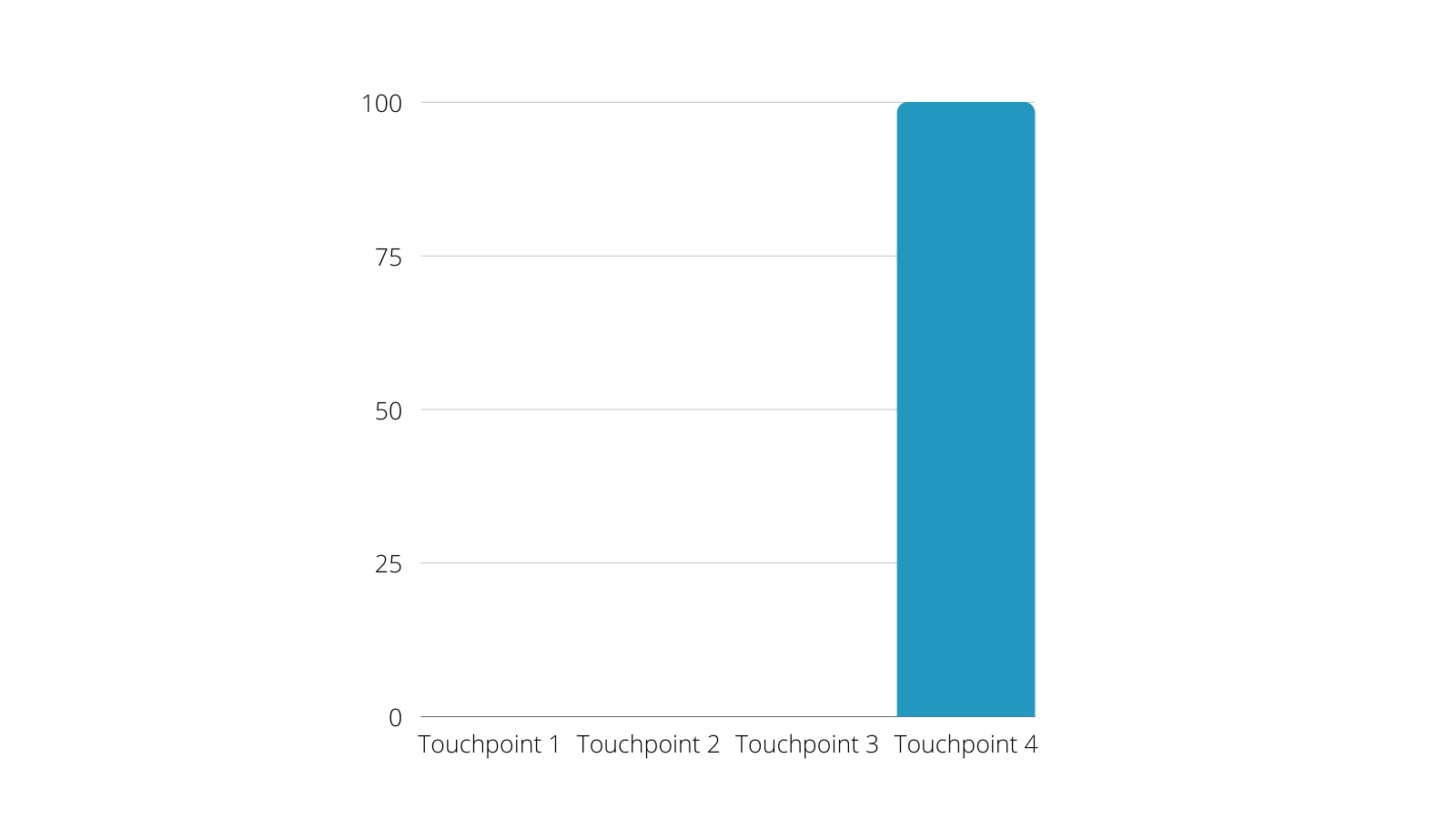
Multi-Touch Attribution Models
Multi-touch, also known as multi-source attribution models, give conversion credit to multiple touch points. These models evaluate the buyer’s journey more holistically than single-touch models.
Linear attribution
Linear attribution gives equal credit to all touchpoints in the buyer’s journey.
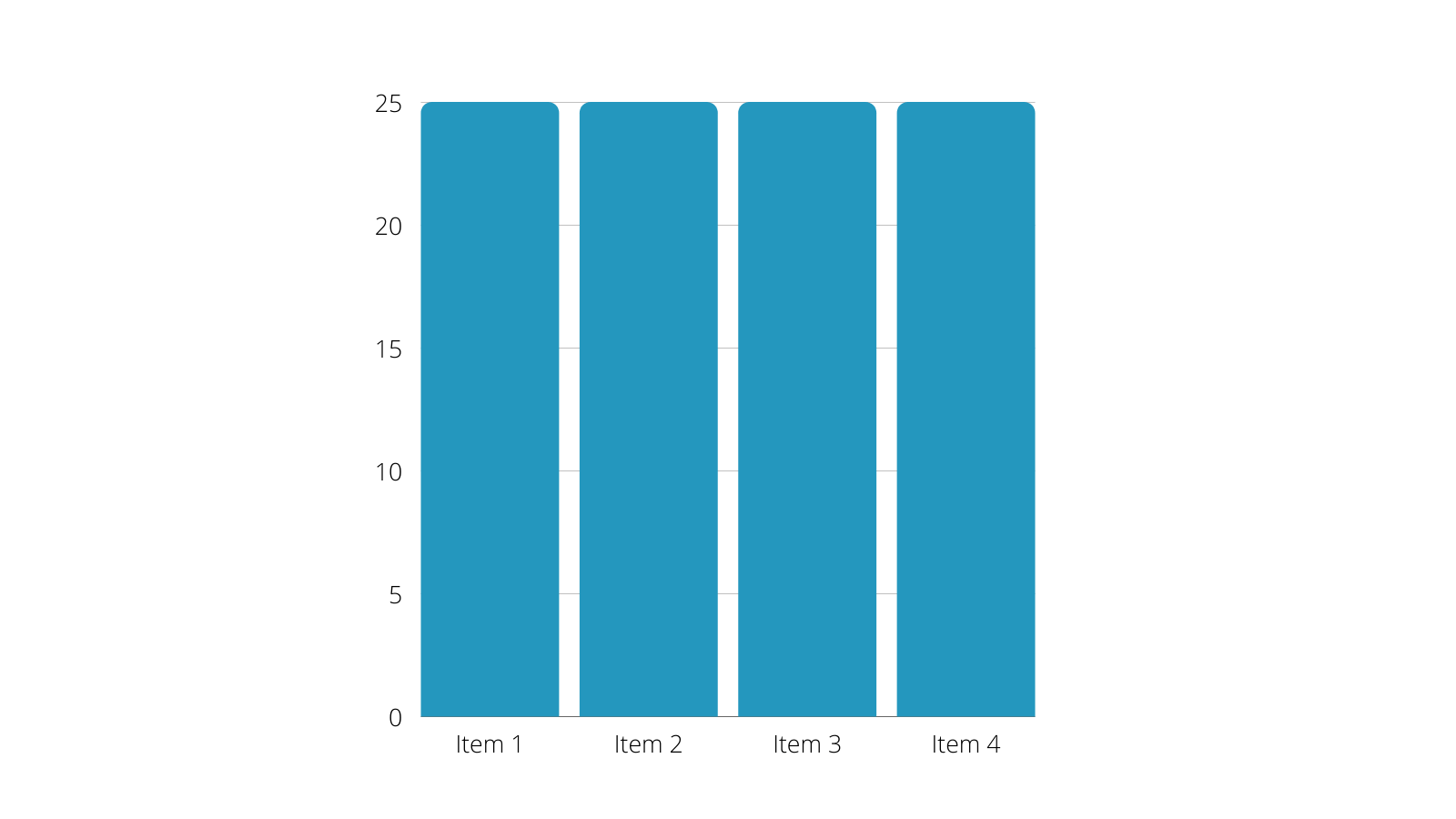
U-shaped attribution
The U-shaped model gives 40% of the credit to the first touchpoint, 40% to the lead creation, and divides the remaining 20% between any touchpoints between the two.
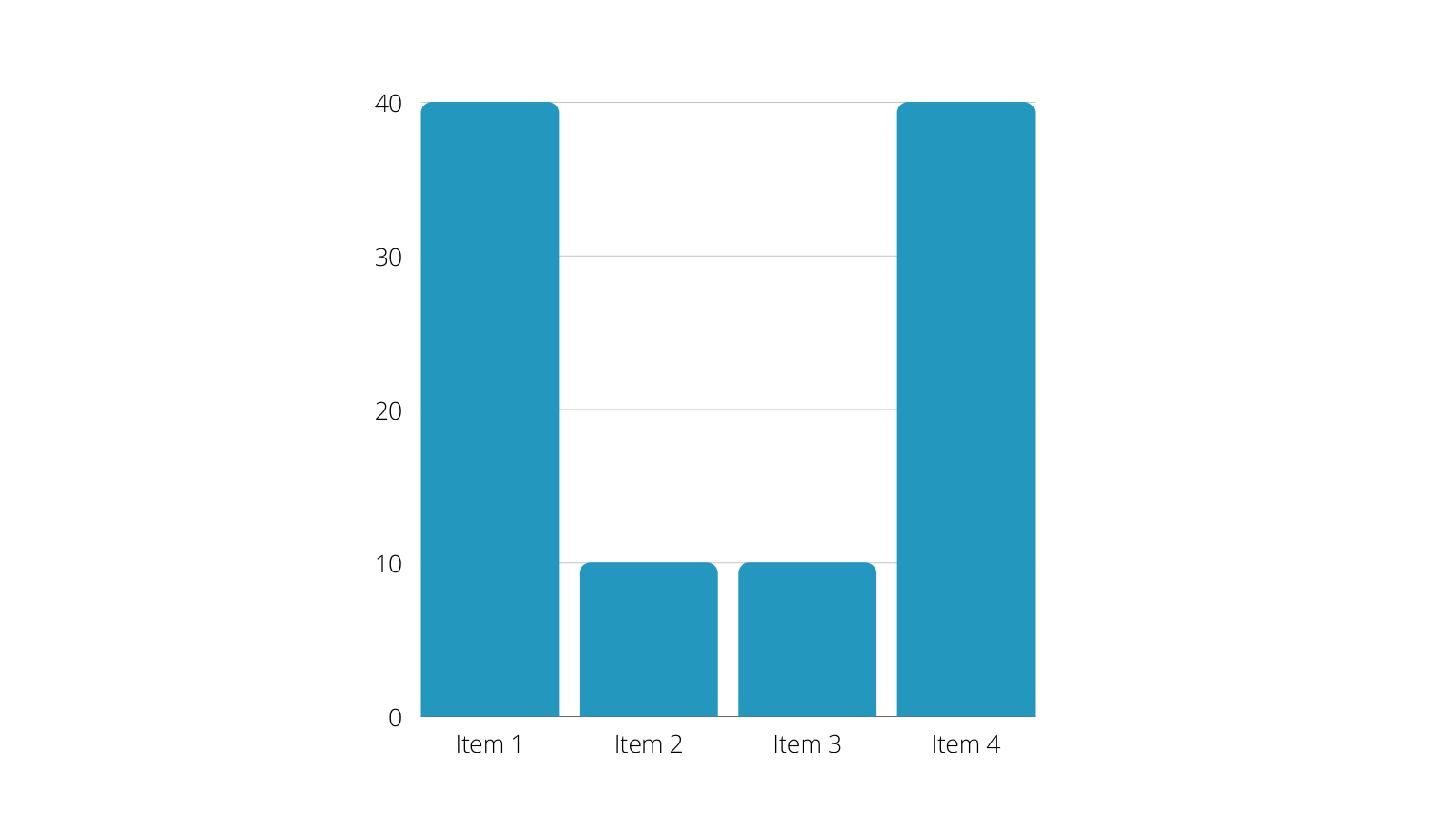
W-shaped attribution
The W-shaped model gives 30% of the credit to the first touchpoint, 30% to the lead creation, 30% to the opportunity creation, and divides the remaining 10% to any touchpoints in the middle.
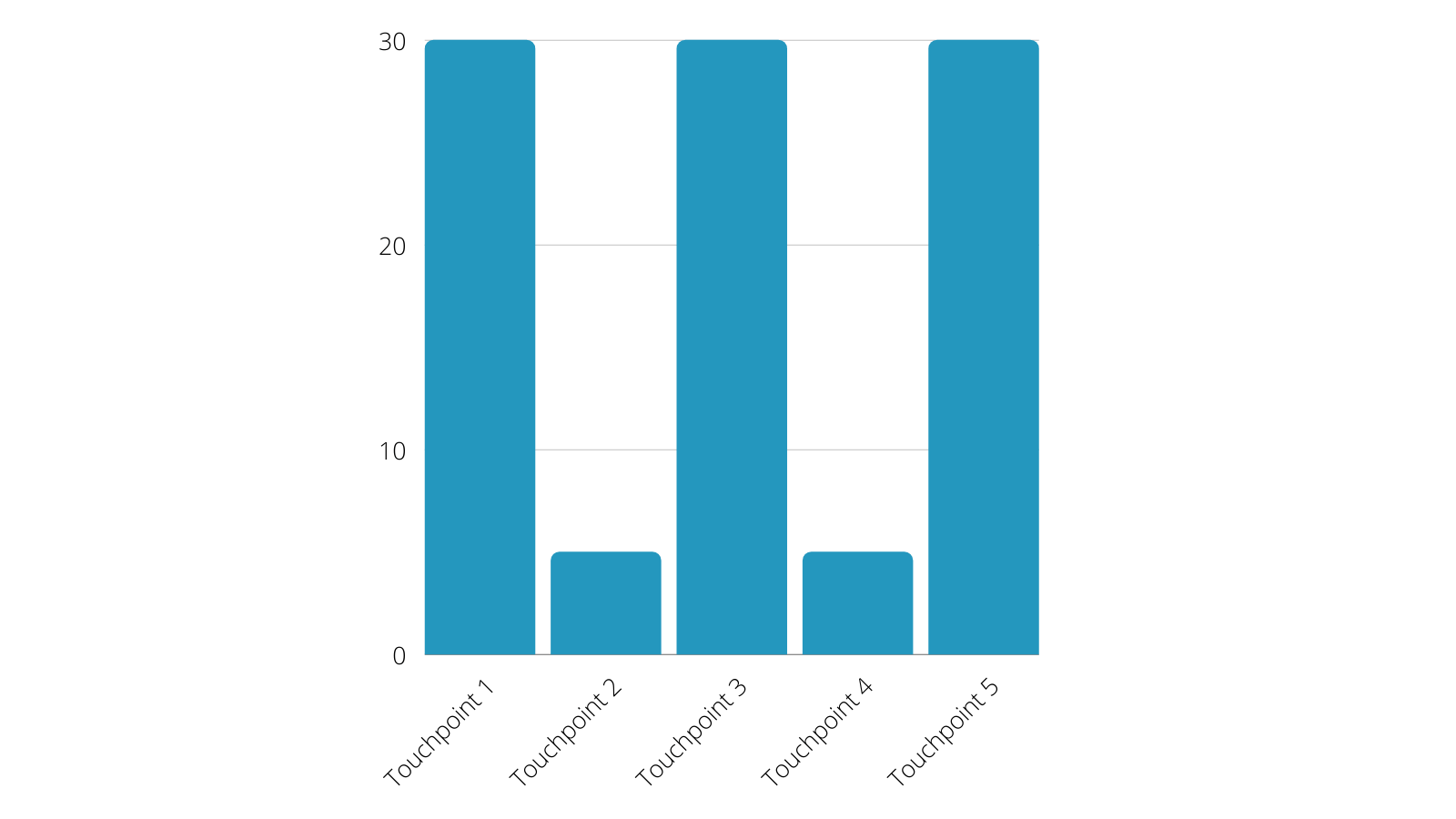
Time-decay attribution
The time decay model gives credit to more recent marketing touchpoints than touchpoints earlier in the process.
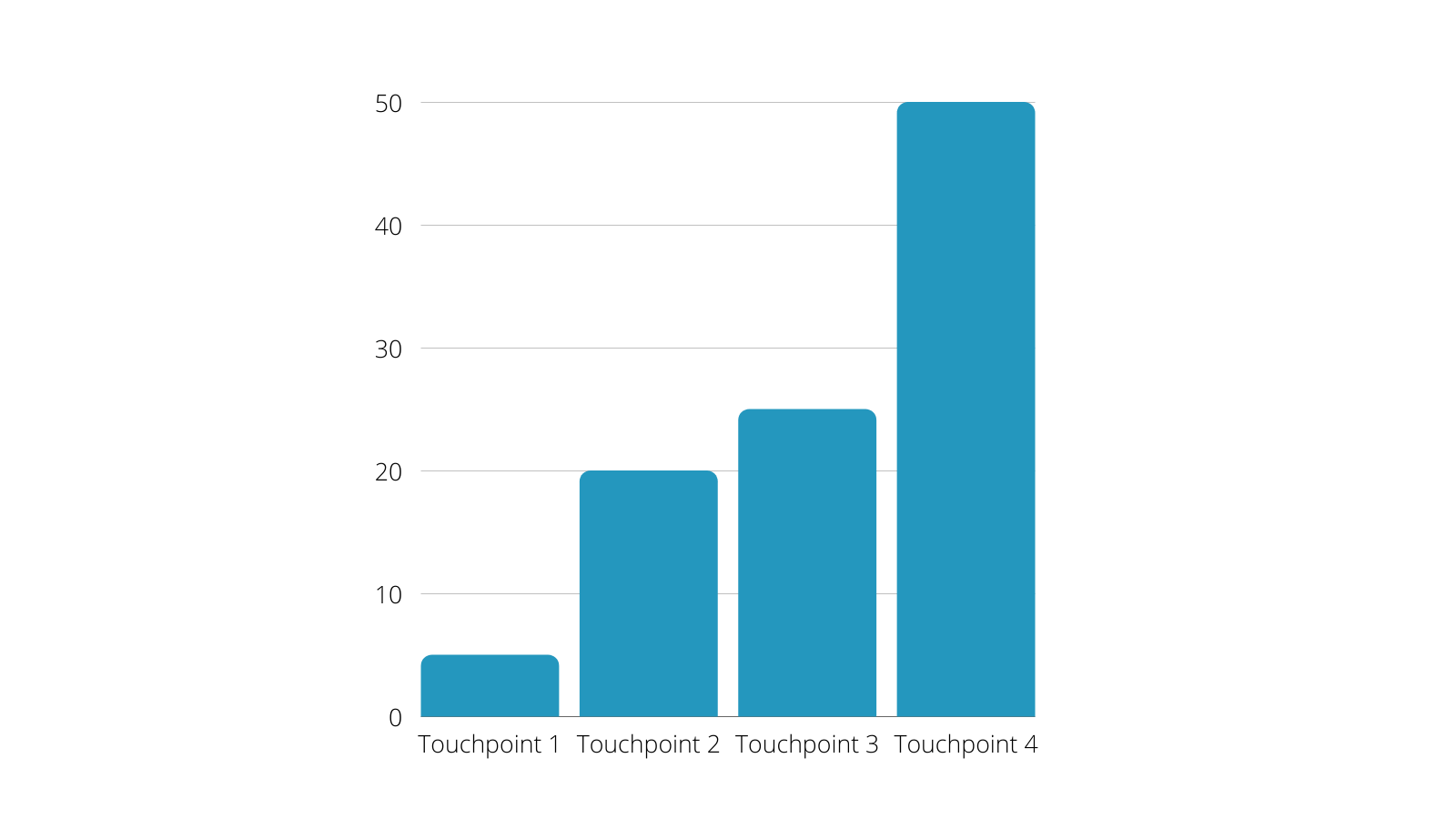
Custom attribution
You also have the option to create your own attribution model if none of these match your industry's typical buyer behavior in the marketing channels you use.
How to Choose the Right Attribution Model
Here are a few things to keep in mind when you choose an attribution model for your marketing strategy:
- How long does your sales cycle typically run?
- How much of it is done online or offline?
- How much of your marketing efforts are focused on offline methods?
- Broadcast
- Television
- Which digital marketing channels do you use?
- Facebook ads
- Email marketing
- Long-form content
- Google ads
- How much do you rely on SEO and organic search?
For the most complete understanding of your marketing activities’ effectiveness, you might need to use more than one attribution model.
The 10 Best Marketing Attribution Software
There are a variety of tools you can use to analyze the attribution for your marketing campaigns. Here are some of the most popular ones:
- Google Attribution 360
- Kochava
- Appsflyer
- Invoca
- Statcounter
- Ruler Analytics
- Neustar
- Nielsen Visual IQ
- Oktopost
- Adobe
How to Choose a Marketing Attribution Software
If it’s your first time using this kind of software, you might not know what questions to ask before you buy. Here are some things to keep in mind:
- User Interface (UI)
- Usability
- Features & Functionality
- Identification of High-Value Leads
- Mobile attribution tracking
- Multichannel attribution
- Social Media Measurements
- Integrations
- Pricing
How Sav Can Help
From building your website to promoting it and tracking its performance, Sav is dedicated to the online success of small business owners. Our low prices, easy-to-use platform, and top-notch integrations leave you more time to focus on running your business. Start building with us today!
Newsletter
Popular
Top Articles
Recommended articles
How to Come up With Ecommerce Product Ideas
Whether you’re starting a new ecommerce business or expanding a pre-existing one, what products to sell online is an important decision....
Read moreHow to Create a Modeling Portfolio
What is a Modeling Portfolio? A modeling portfolio is a demonstration of your skills and talent you can show to potential employers and...
Read moreThe Best Side Hustles From Home to Try
Why Start a Side Hustle from Home? Earn Extra Money Being alive is expensive right now. Whether your financial goals are to pay off your...
Read more



